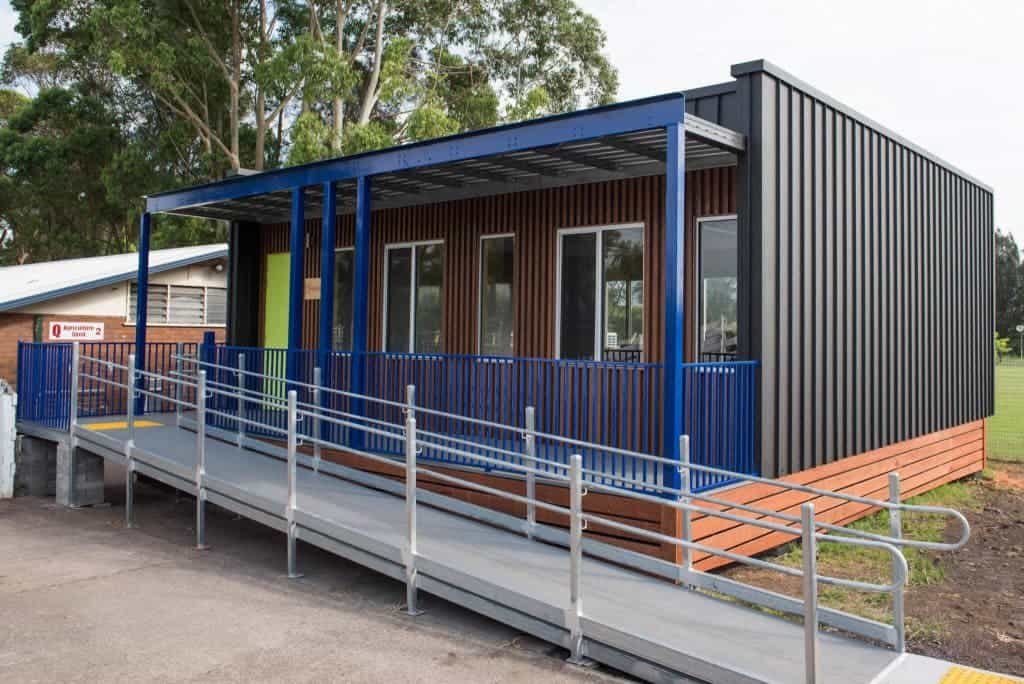Sustainability is coming to the classroom, as an Australian school inaugurates the first of several off-the-grid modules. The classroom is powered by solar energy, using a Tesla battery for energy storage.

After successful trials supported by the Australian Government, the new classroom technology was installed in Brisbane, one of Australia’s largest cities. It features rooftop photovoltaic (PV) panels and a Tesla Powerwall battery for energy storage, ensuring that electricity is provided at all points, and reducing costs in the process.
A key element that allowed this innovation is the battery.
Tesla batteries came in ready to take the world by storm, striving to solve one of the main problems with renewable energy: storage. Renewable energy (solar and wind especially) have a big problem with availability — you can have a lot of energy at some point in the day, when it’s windy/sunny, and long periods with reduced availability. How do you store the energy?
Despite great efforts, progress in the battery domain has been slow, and few (if any) realistic options exist for energy storage at a household level. Tesla promised to change all that with its Powerwall batteries, which are essentially rechargeable lithium-ion batteries intended for home energy storage or similar applications.
An Australian tech start-up called Hivve had the idea to use it for classrooms. They received support from the national government and were able to implement this idea, saving an estimated $3,000 yearly per classroom, as well as $30,000 in upfront costs of connecting a new classroom to the power supply.

The result is an off-the-grid classroom with sufficient electricity, and substantial savings (despite an initial investment). It also incorporates solar PV generation, real-time energy metering, CO2 metering, data capture, and communications to the overall function. Hivve also mentions some relevant stats:
- The energy consumption for 3 regular non-HIVVE classrooms is 11,400 KWh per year (baseline comparison).
- The energy consumption for 3 classrooms when 1 of the classroom is a HIVVE classroom is 0.
- When all 3 classrooms are HIVVE classrooms, there is an estimated net energy generation of 22,800 KWh (7,600 KWh per classroom) per year (i.e. export).
- Therefore, in the instance where 3 HIVVE classrooms are installed, instead of one classroom consuming 3,800 KWh per year, that one classroom will now generate 7,600 KWh per year.

Several other classrooms are already being set up in a similar fashion. The classrooms will be monitored and evaluated over a 12 month period, and if everything goes according to plan, off-the-grid classrooms will likely become more and more common. It’s a promising concept.
“The success of the Hivve project could lead to a nation-wide adoption of the modular classrooms, reducing reliance on the grid and even providing a significant amount of electricity back to the NEM.” said Ivor Frischknecht, CEO of the Australian Renewable Energy Agency (ARENA).






